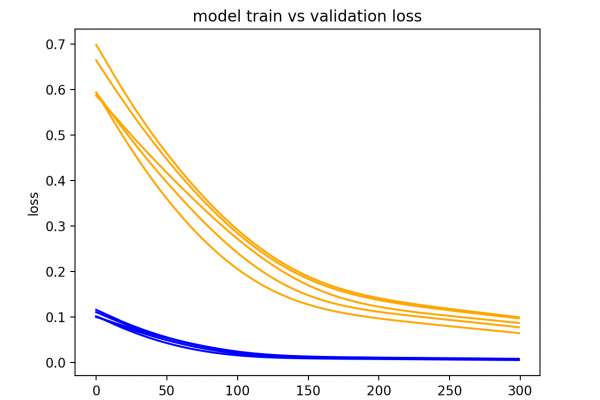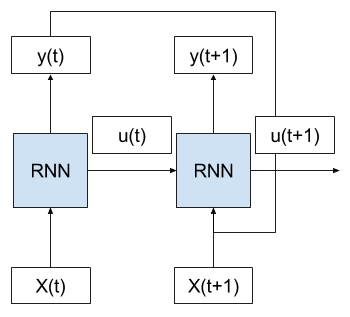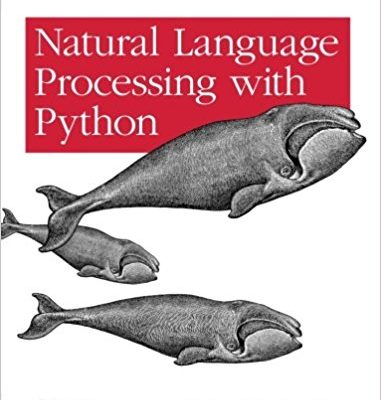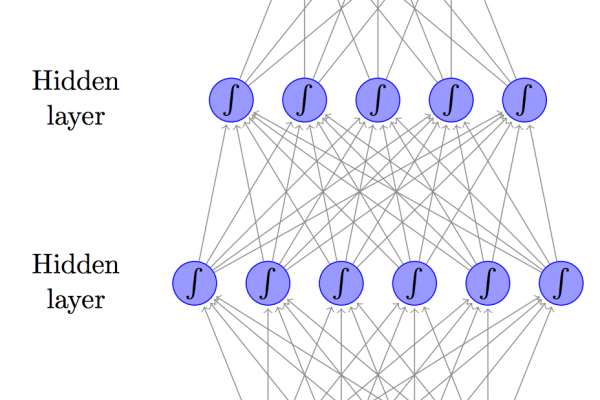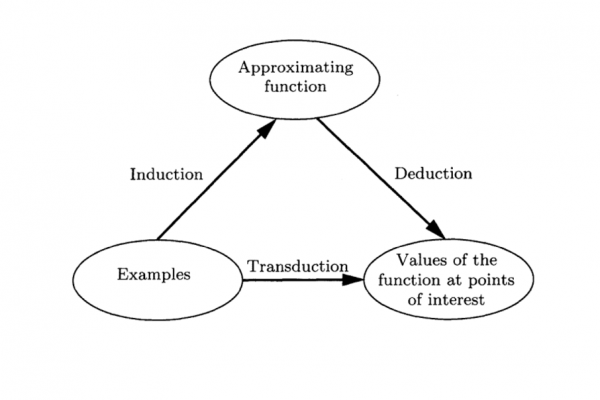How to Make Predictions with Long Short-Term Memory Models in Keras
Last Updated on August 14, 2019 The goal of developing an LSTM model is a final model that you can use on your sequence prediction problem. In this post, you will discover how to finalize your model and use it to make predictions on new data. After completing this post, you will know: How to train a final LSTM model. How to save your final LSTM model, and later load it again. How to make predictions on new data. Kick-start […]
Read more

